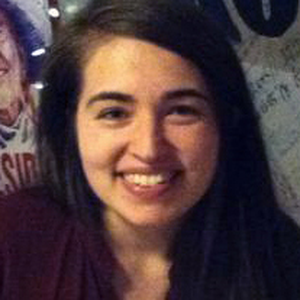Your comments
You can access the same user guide as the one in IB3 at
interactbuilder.com/userguide/InteractBuilder.html
Here's a link to the page that talks about naming Photoshop layers:
interactbuilder.com/userguide/lessons/Setting_Up_Your_PhotoShop_File.html
Hi Paul, here are my responses to your questions. Feel free to let us know if you have any other questions, and good luck!
1- A background cannot be global, but to use the same file in different places, assign the image file using the "Select Image from App" option. This way, instead of adding a new image to the app folder, multiple elements can use the same file.
2- When an element is deleted in InteractBuilder, it remains in the app folder, but any files that are not used in the app will not be included when the app is published. If you prefer to get rid of the extra files from the app folder, you can go to your default app folder, locate the app folder, and remove the files directly from there.
3- Each Photoshop layer changes into a separate .png file, so the added files will take up less space than the original layered file.
Hi Charmaine,
I tried recreating this, but both are working, so I wanted to check if I have it set up the same way that you have it. Is it the static elements that make the animated elements animate across the screen, or do the animated elements animate repeatedly on page load?
Sounds great, Ann! Thank you for your comments! : )
To turn off the eraser, set erase mode to "No" when the user taps any of the drawing tools or color options. Make sure that these tools are all outside of the drawing constraints (or constraint element)
Currently there isn't a specific option to drag an element on the screen to erase the lines. Erasing directly with the finger is how it usually works in drawing apps, and it's quite intuitive. If you'd like to add this option though, feel free to request it here in the feedback forum! :)
Let us know how it works out. Also you can check out page nine of the sample book, A Day with the Butterflies, to see an example of a drawing and erasing page in action.
When an element has a Drag-Draw action set and specified constraints for the drawing area, that element can be dragged to draw a line within the constraints.
On the other hand, an element that uses the Drag-DrawFree behavior allows the user to draw on top of that element with their finger. When the user lifts their finger, the line stops.
The one you use depends on personal preference, and either one can allow the user to change the color of the line (with Drag-Draw by hiding, swapping, or moving the drawing tool upon DragEnd, and with Drag-DrawFree by using the SelColor behavior).
Let us know if you have any questions about this and which of these effects you'd prefer for your app.
Does the eraser image have the action set Tap-SetEraseMode with the option "Eraser On" set to "Yes?"
This is an interesting idea. We'll look into adjusting the audio behaviors (like PlayAudio and PauseAudio) to add the option of targeting all of the audio on the page.
(ToggleAudio works a little differently -- it's meant as a way for the user to select from the beginning whether or not the audio that is designated as narration should play on all of the pages of the app. In a lot of children's book apps, there's a set of buttons that let the user choose "read to me" or "read by myself," and if the narration is turned off, there still could be sound effects and music unless the user turns off the audio on the device.)
I've noticed that frames have a much larger size if they have large dimensions, and it sounds like the bird that hops around the screen could potentially be a frame element the size of the entire screen. Does this animation include some movement that can be turned into transition animations in order to make the frame element only around the size of the bird itself?
Customer support service by UserEcho


Hi Charmaine,
Thank you so much for reporting this bug. For your reference, "page turn effects" refers to what the animation looks like when a page is turned (if it looks like the page is curling from right to left, for example). If you'd like to remove the ability for users to turn the page by tapping the corners of the screen, you can do this in each page's menu under "Features" by setting "Disable Page Flip Backwards" and "Disable Page Flip Forwards" to "Yes."![]()